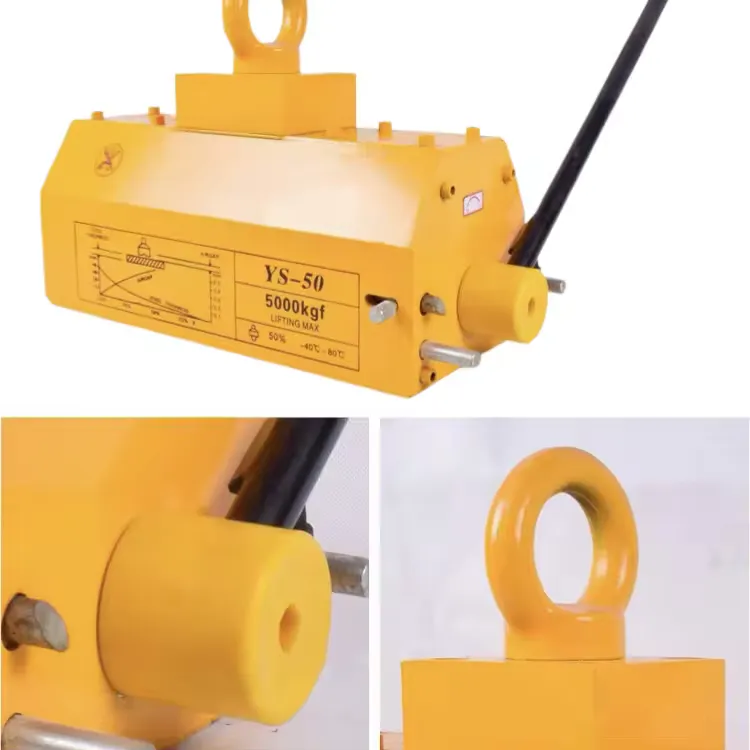Equipment Relocation Experts for Heavy Machinery Handling and Transport Solutions
Understanding Riggers and Machinery Movers The Unsung Heroes of Industry
In today's fast-paced industrial world, the movement and installation of heavy machinery are critical components of business operations. This is where riggers and machinery movers come into play. These skilled professionals are responsible for the safe and efficient transport, setup, and positioning of heavy equipment—an essential service for industries ranging from construction to manufacturing and beyond.
The Role of Riggers
Riggers are specialized technicians who understand the complexities involved in the lifting and moving of heavy machinery. Their expertise is crucial during the loading and unloading of equipment, as well as its positioning in the desired location. With a deep knowledge of physics, they must calculate weight distribution, leverage, and the center of gravity to ensure that machinery is moved safely and effectively.
Riggers work with a variety of equipment including cranes, hoists, and rigging hardware such as slings, shackles, and hooks. They are trained to assess the lift points on equipment and determine the best rigging configurations to avoid accidents or damage. Safety is their utmost priority, as improper rigging can lead to catastrophic consequences—not only for the machinery but also for personnel on-site.
Additionally, riggers are adept in following safety regulations and standards set by organizations such as OSHA (Occupational Safety and Health Administration) and ASME (American Society of Mechanical Engineers). They undergo rigorous training, often obtaining certifications that validate their skills and knowledge. This training encompasses various aspects, including load calculations, signaling techniques, and emergency procedures.
The Importance of Machinery Movers
Machinery movers complement the work of riggers by specializing in the transportation of heavy equipment. These professionals possess the tools and vehicles necessary to transport machinery safely and efficiently. They understand the logistics involved in moving equipment from one location to another, often needing to navigate through tight spaces or complex environments such as factories or construction sites.
Machinery movers use specialized dollies, skates, and hydraulic lifts to facilitate the movement of heavy loads. A successful machinery move requires not only physical strength but also strategic planning to avoid hazards and ensure that the equipment reaches its destination intact.
riggers machinery movers

The coordination between riggers and machinery movers is vital. Often, a project requires the two teams to work in tandem—riggers will prepare the equipment for lifting, while machinery movers will manage its transportation. This teamwork ensures a streamlined operation that minimizes downtime and enhances productivity.
Challenges in the Industry
Both riggers and machinery movers face significant challenges in their line of work. They must constantly adapt to the evolving demands of technology, as machinery becomes more sophisticated and heavy. Additionally, they often work under tight schedules with limited resources, which can elevate stress levels.
Weather conditions can also pose challenges, particularly when outdoor operations are required. Rigging and transport operations must be carefully planned and executed to account for factors such as wind, rain, and temperature, all of which can impact equipment safety.
Moreover, maintaining the safety of the workforce is paramount. Accidents can lead to severe injuries and financial losses for companies. Hence, continuous education and adherence to safety protocols are critical for both riggers and machinery movers.
The Future of Riggers and Machinery Movers
As industries evolve, the demand for skilled riggers and machinery movers is likely to grow. The rise of automation and advanced machinery means that these professionals will need to upskill continually. Embracing new technologies, such as robotics and advanced lifting equipment, will be essential in enhancing their efficiency and safety.
Creating a culture of safety within organizations will also play a crucial role in the future of rigging and machinery moving. By investing in training and employing best practices, companies can ensure that their operations run smoothly, while also protecting their most valuable asset—their workers.
In conclusion, riggers and machinery movers may often work behind the scenes, but their contributions are invaluable to the functioning of various industries. As economic demands grow and technology evolves, these professionals will continue to be the backbone of heavy machinery transportation and installation, ensuring that businesses can operate effectively and safely.
-
Unlock Seamless Relocation with Our Heavy Equipment Moving ExpertiseNewsJun.06,2025
-
Unleash Unrivaled Flexibility with Our Adjustable Gantry CraneNewsJun.06,2025
-
Unleash Heavy-Duty Efficiency with Our Industrial Gantry Crane SolutionsNewsJun.06,2025
-
Revolutionize Steel Handling with Our Magnetic Lifter RangeNewsJun.06,2025
-
Master Equipment Mobility with Premium Machinery Mover SolutionsNewsJun.06,2025
-
Elevate Your Material Handling with Magnetic Lifter TechnologyNewsJun.06,2025
-
YS Permanent Lifting Magnets: The Smarter Way to Handle SteelNewsMay.22,2025
